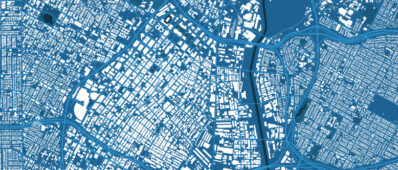Abstract
Advances in the automobile industry and intelligent transportation systems in the recent decade have made what was once a dream, driver-less vehicles, closer than ever to reality now. Although autonomous vehicles introduce many benefits ranging from decreasing delay to higher levels of safety on roads, they will be priced relatively high once they enter the market. The high price and the consequent low demand may translate to less motivation for the automobile industry to move toward mass production, and it could take decades for the market to reach equilibrium. In this paper, the authors describe formulations for analyzing shared ownership and use of autonomous vehicles as well as some variants that they newly propose. Households interested in participating in the program will join together, forming clusters of households. Each cluster will share the ownership of a set of autonomous vehicles. The program also allows participants to rideshare together. Such a program will decrease the number of vehicles needed by households, and will therefore make the ownership of autonomous vehicles more economical. In addition, clusters of households can register their vehicles in a carsharing program when they are not being used, in order to partially cover the ownership cost. The authors implement this program for a sample of households in San Diego, California, and discuss the reduction in vehicle ownership as a result of participating in the program.



